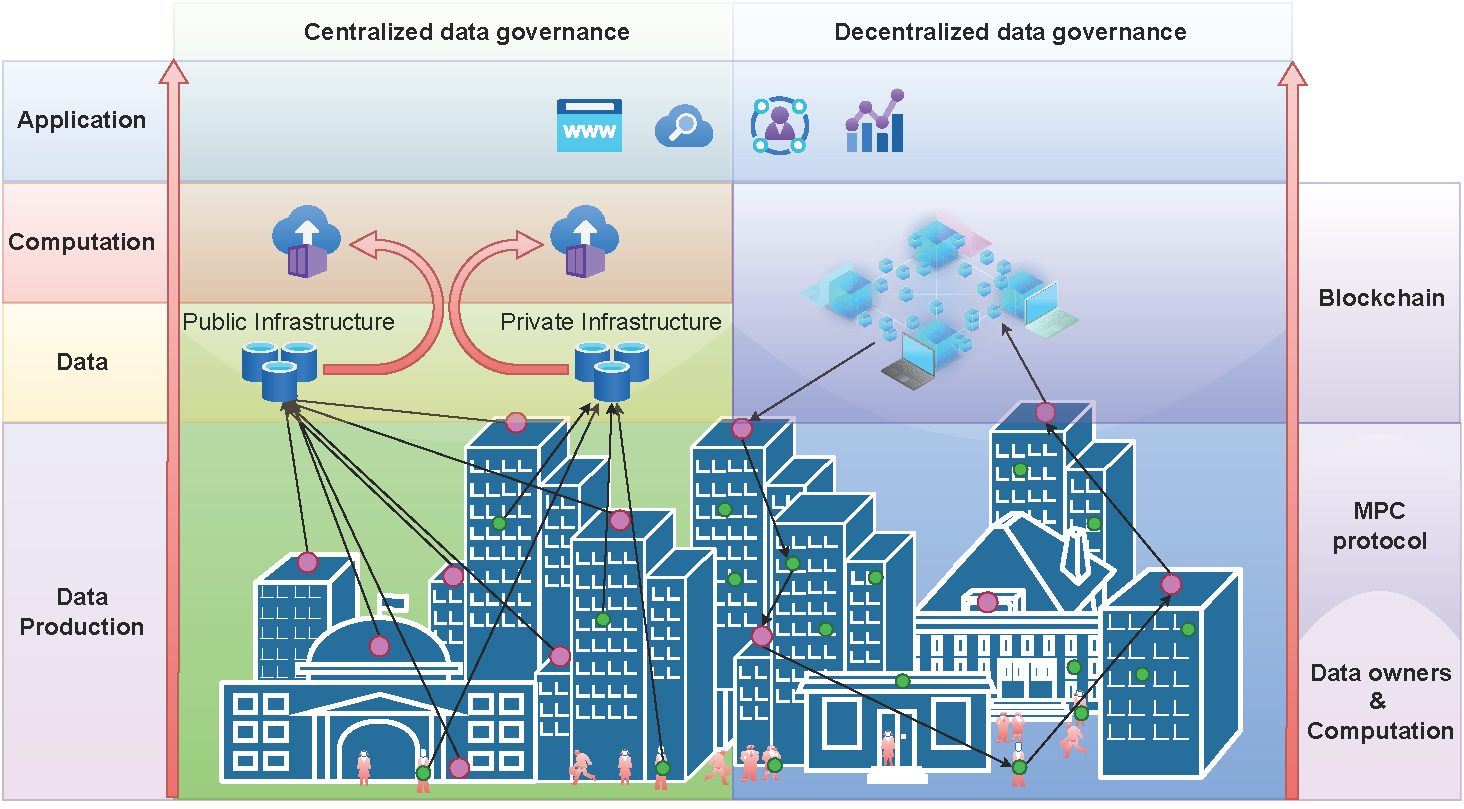
- PROJECT CODE: J4-1764 (C)
- PROJECT TITLE: Design of multifunctional polysaccharide composite nanoparticles for deacidification, strength improvement and prevention of microbial attack of historical cellulose-based artifacts (DeacidCellulose)
- PROJECT LEADER: Mohan Tamilselvan, PhD (University of Maribor) / Matthew John Schwarzkopf, PhD (for InnoRenew CoE)
- PERIOD: 01.07.2019 – 30.06.2022
- FTE: 0.14 FTE for InnoRenew CoE in 2020
- FINANCING: Slovenian Research Agency (ARRS)
- PROJECT COORDINATOR: University of Maribor, Faculty of Mechanical Engineering
- PARTNERS: National and University Library (Slovenia); Institute for the Protection of Cultural Heritage of Slovenia (Slovenia); InnoRenew CoE (Slovenia)
Slovenian and European history written on acidic archival materials, dating from 1830 onward, is falling apart. Many unique texts that witnessed historical events, such as the Second World War, are being irreversibly lost due to material destruction. Current conservation measures capable of stopping this substantial loss of information are not free of drawbacks, which include bleeding of original stamps, uneven distribution of deacidifying material, low mechanical strength and lack of buildup for an adequate alkaline reserve against further paper degradation. Therefore, it is necessary to establish a new deacidification method that can be applied to either single paper sheets or bound cellulose items (e.g., books) from Slovenian libraries and archives without any preselection.
Project DeacidCellulose aims to preserve archive materials by using the latest developments in cellulose chemistry and nanotechnology to combat acidity, deterioration of mechanical properties and microbial degradation. DeacidCellulose will develop new paper deacidification routes that combine the best currently available concepts with knowledge of volatile organic solvent reactions and nanotechnology. A nonaqueous solvent process will combine deacidifying, flame-retardant and antimicrobial substances, stabilizers and strengthening agents in one treatment to be applied to cellulose-based artifacts by an effortless dip-coating method. The knowledge gained in Deacidcellulose will overcome current gaps in the Slovenian book preservation field and substantially strengthen the position of the Slovenian archival community.
InnoRenew CoE project activities
- Support parameters needed for deacidification of paper-based archival materials definition and needed characterization methods
- Support antibacterial and antifungal evaluation of papers
- Test paper in ways (e.g., mechanical properties, durability, chemical characteristics, etc.) that are crucial to evaluate efficacy of the treatment and to further optimize process conditions




